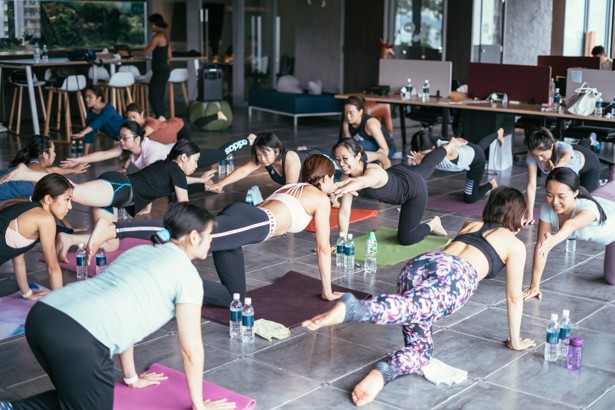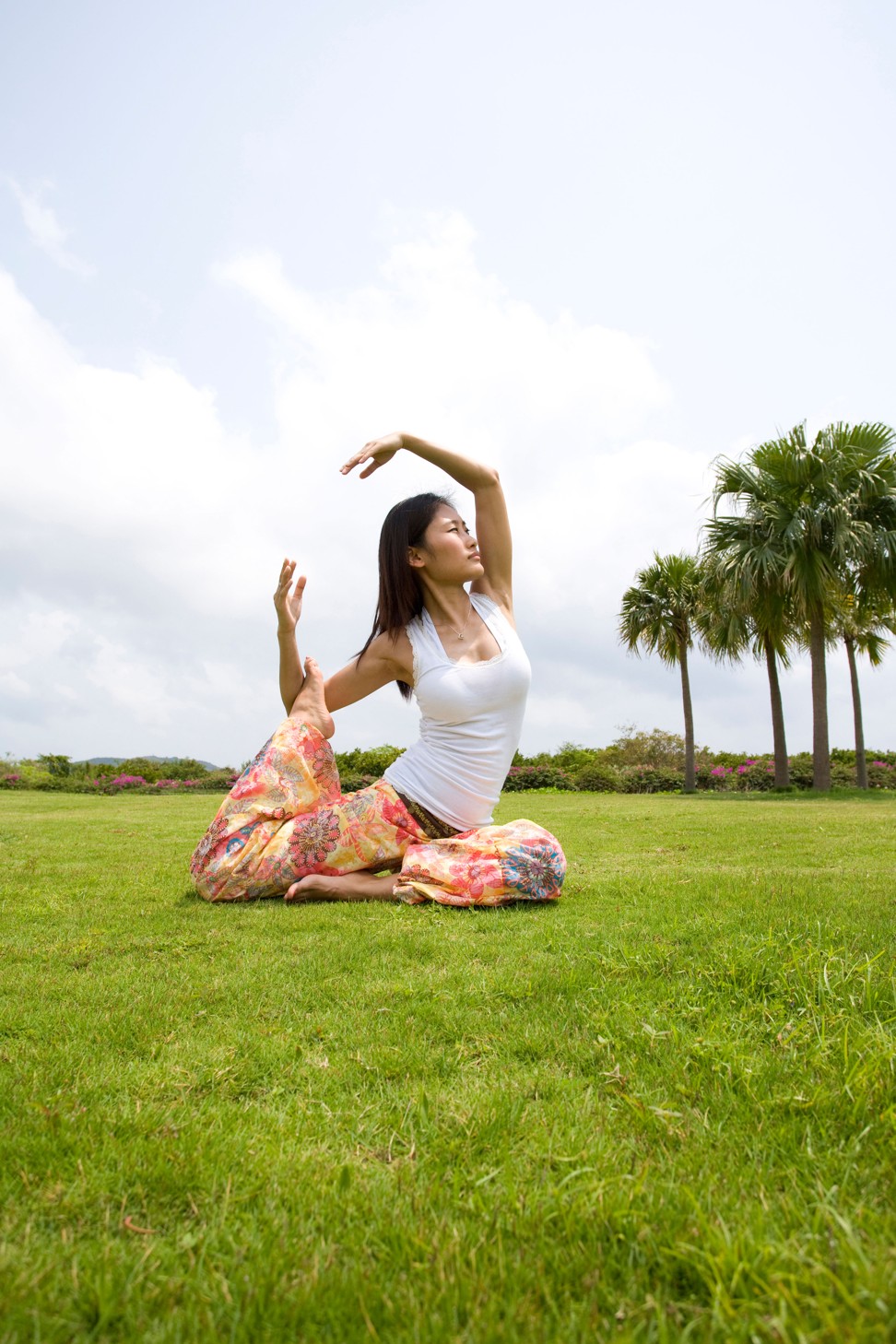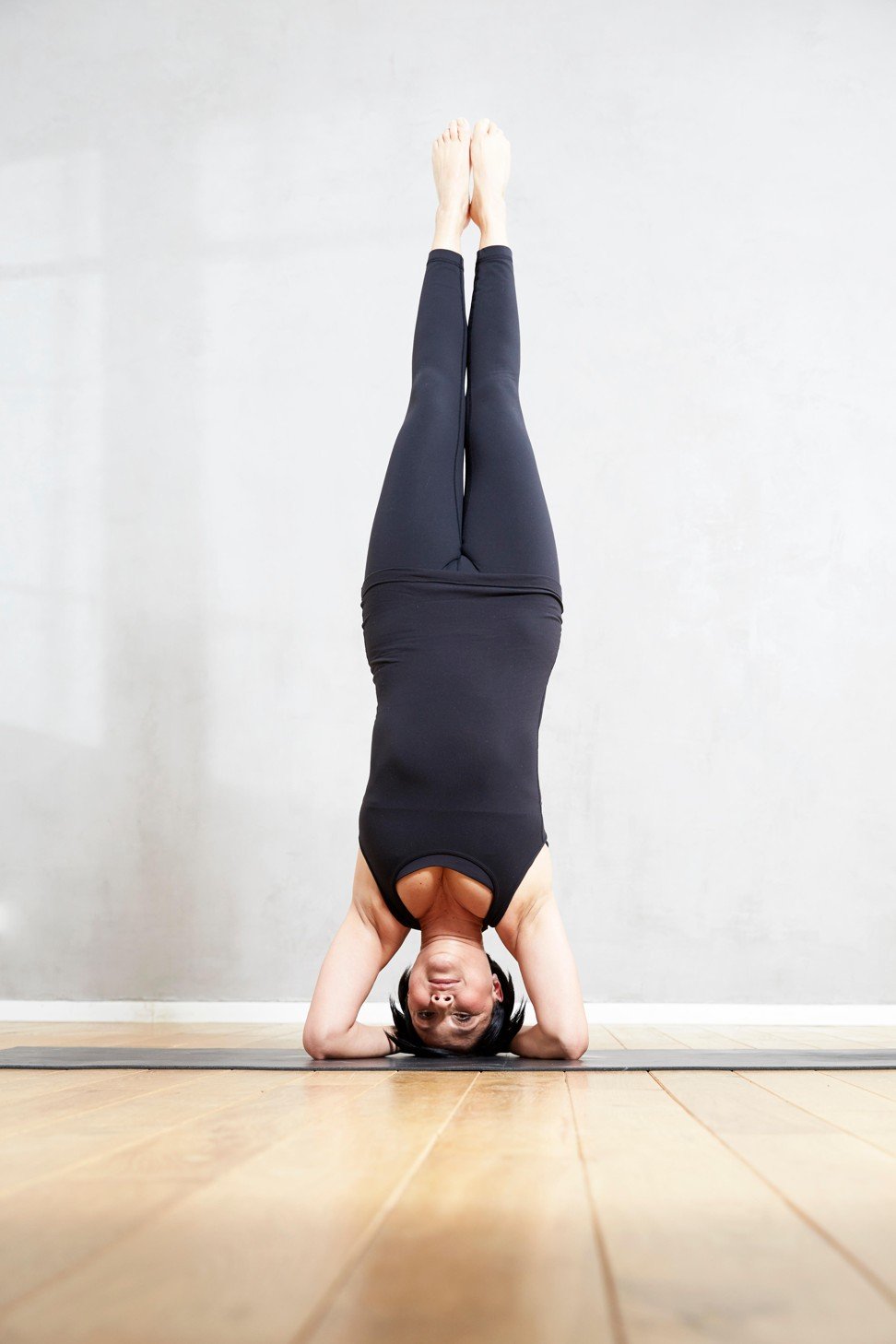
The hidden dangers of yoga and tips on how to avoid hurting yourself
- Yoga provides many benefits but can also exacerbate carpal tunnel syndrome, destabilise joints and contribute to tendinitis
- For wrist health, for example, avoid poses like the wheel
Yoga is known for its many mind-body benefits: it releases tension, can prevent injury, creates more flexibility, adds strength and balance, and calms the mind. In fact, it is the most commonly used non-mainstream health approach among US adults, with the amount of practitioners increasing 50 per cent between 2012 and 2017 – from 9.5 per cent of all adults to 14.3 per cent.
What new yogis may not be aware of, however, is that despite its reputation as a gentle, low-impact practice, yoga carries risks, as with any exercise routine. The practice can exacerbate carpal tunnel syndrome, destabilise joints, and contribute to strains, sprains and tendinitis.
How yoga changed a Hong Kong woman’s life
A study published in 2016 in the Orthopaedic Journal of Sports Medicine reported that there were close to 30,000 yoga-related injuries seen in US emergency rooms from 2001 to 2014, and that injuries per 100,000 participants grew from a rate of 9.6 per cent to 17 per cent. Most injuries were to the upper body and constituted strains and sprains. The greatest injury increase was in people age 65 and older.
That doesn’t mean older adults, or anyone, should steer clear of yoga. But before you try downward-facing dog pose, which looks like a canine stretching, you need to know the risks of yoga, the appropriate types of yoga for you – and ways to stay injury-free.
“I see quite a bit of yoga-related injuries,” says Bobby Chhabra, an orthopedic surgeon with the University of Virginia Health System. “Mostly it’s overuse injuries like tendinitis and sprains. It’s rare for patients to have traumatic injuries from yoga.”

When it comes to overuse, yoga usually doesn’t cause the injury, but can exacerbate it, Chhabra says. For example, wrists that spend the day in an extended position at a keyboard and are then forced to extend even further in positions such as downward dog, upward dog and chaturanga (a type of push-up) can be particularly vulnerable to tendinitis and carpal tunnel syndrome.
People with arthritis also need to be extra cautious when it comes to yoga, because arthritic joints “can really flare up during yoga and result in a week to 10 days of pain”, Chhabra says.
Yogis with arthritis could consider a gentler form of the practice or at least avoid overloading arthritic joints to prevent further inflammation. People with osteoporosis should avoid forward bends and twists.

Another group that should be extra cautious are yogis with hyper-mobility, which means their joints are very flexible.
“You don’t want to have mobility without stability,” says Chris Estafanous, a physical therapist in Washington. “That increases your risk for injury.” This particular group needs to work on the strength part of yoga, not the deep stretching, he says.
This doesn’t mean yoga is out for these groups. It does mean, though, that you should be careful about choosing a class and teacher.
“I actually recommend investing in a few private sessions with a yoga instructor to figure out what your body needs and what type of class is appropriate,” Estafanous says. “Not all yoga is created equal.”
You have to be smart about it. If a pose bothers you, don’t do it
Alyson Shade, who owns Realignment Studio in Washington, recommends that anyone who is new to yoga or who has injuries and other limitations talk to the teacher before class.
“Having that one-on-one conversation is important,” she says. “If someone has restrictions in their joints, then power yoga or flow would not be recommended.” She might instead steer that yogi toward a restorative yoga class or Iyengar, a style that emphasises support and alignment.
Experts agree that to get the benefits, but not the injuries, after finding the right type of yoga, you need to listen to your body. “You have to be smart about it. If a pose bothers you, don’t do it,” Chabbra says.

Estafanous encourages practitioners to become more aware in their everyday lives about how they move in space: posture, repetitive motions, sitting too much.
“Part of the yoga practice is to become more mindful of where your body is positioned in space,” he says. “So make that body awareness a daily practice of life, because injuries don’t start on the mat. They start before the mat.”
In terms of specific poses, Shade recommends that hyper-flexible folks bend their elbows and knees slightly when performing planks and downward dog to avoid hyperextension.
People with shoulder injuries, meanwhile, should skip everything that requires their arms to be over their heads, such as downward dog or handstands. “They can do table top instead,” she says. In this pose, the hands are placed on the mat under the shoulders, the knees are placed on the mat under the hips and the back is flat.

For wrist health, Estafanous recommends taking frequent breaks from putting weight onto the hands and skipping poses such as wheel (which looks like a reverse table top, except with an arched back) and upward dog (in which you push up from a prone position, keeping arms straight and back arched). Both require an extreme extension in the wrist.
For people with herniated discs and osteoporosis, avoid forward folds. For people with extreme range of motion in the hips, pigeon pose (a floor position with one leg bent under the torso at a 45- to 90-degree angle) can do more harm than good, Estafanous says. For people with neck pain, headstands and shoulder stands should be avoided.
In general – and this is true for all exercise – thoughtful progression is key. Don’t jump into a class with lots of push-ups or arm balances if you are new to yoga. If you do too much, too soon, you are likely to compromise your form. In the case of push-ups, for example, a lack of core strength might cause you to dip your hips, which leads to lower back pain, or to move your shoulders forward, which leads to wrist pain.
Can nada yoga help ease stress and focus the mind? We find out
It also helps when the instructor is descriptive about how a pose should feel, rather than how it should look, Shade says. Your downward dog might be pretty, but what’s important is what you are feeling: a stretch in the calves and hamstrings (good) or shoulder pain (bad).
The focus on how you feel rather than how you look, especially compared with more experienced students, is also helpful in setting an appropriate effort level for your practice. Yoga shouldn’t be competitive – especially if you want to stay injury-free.

